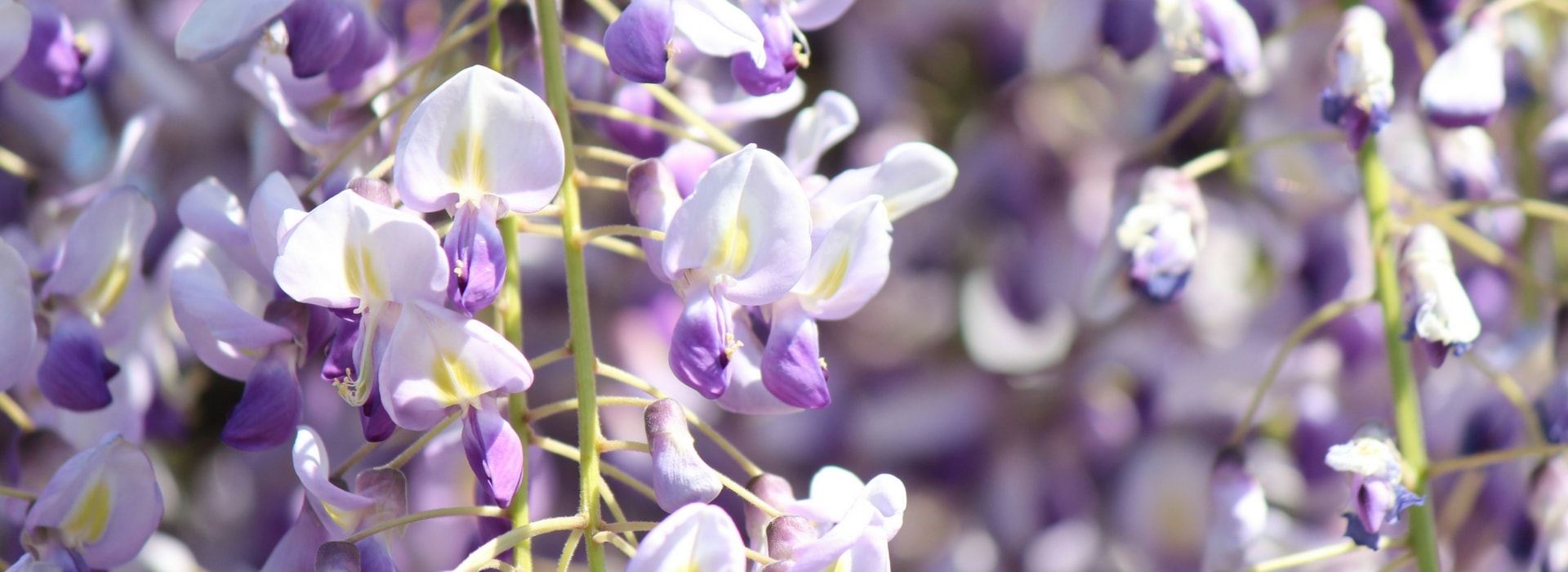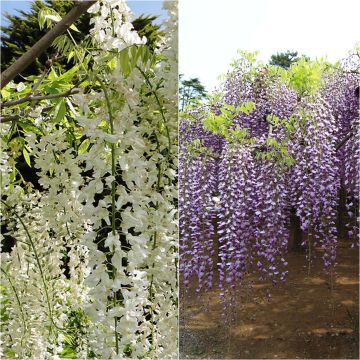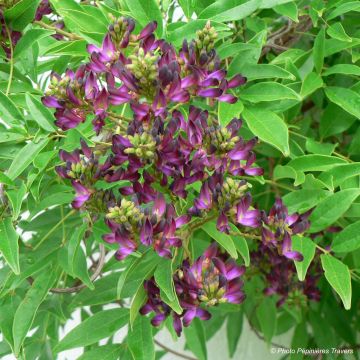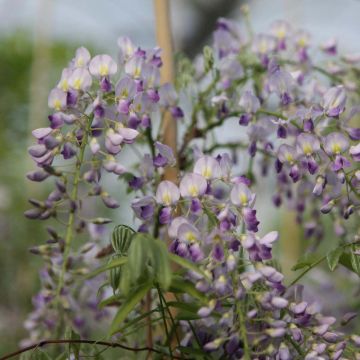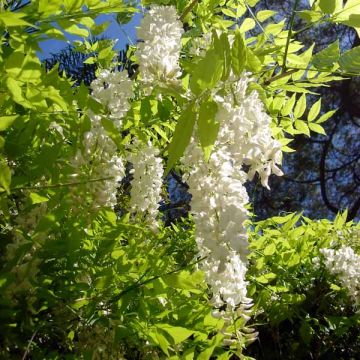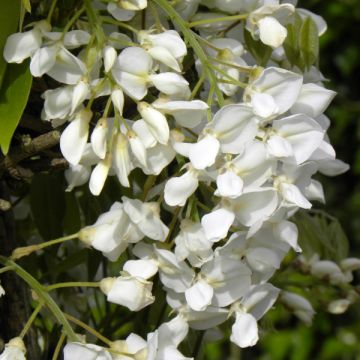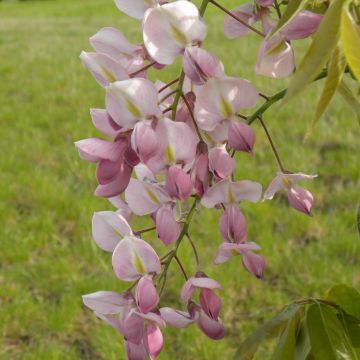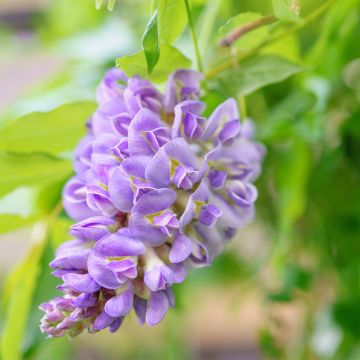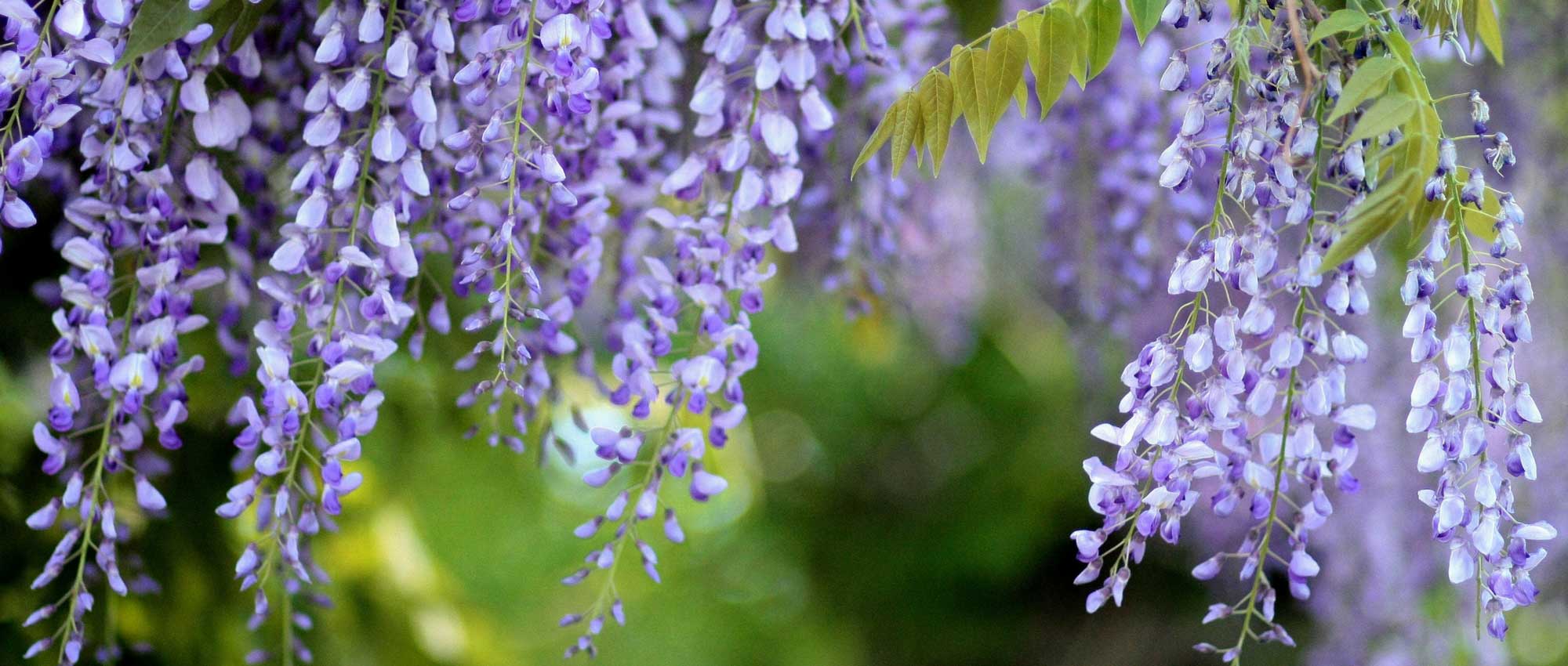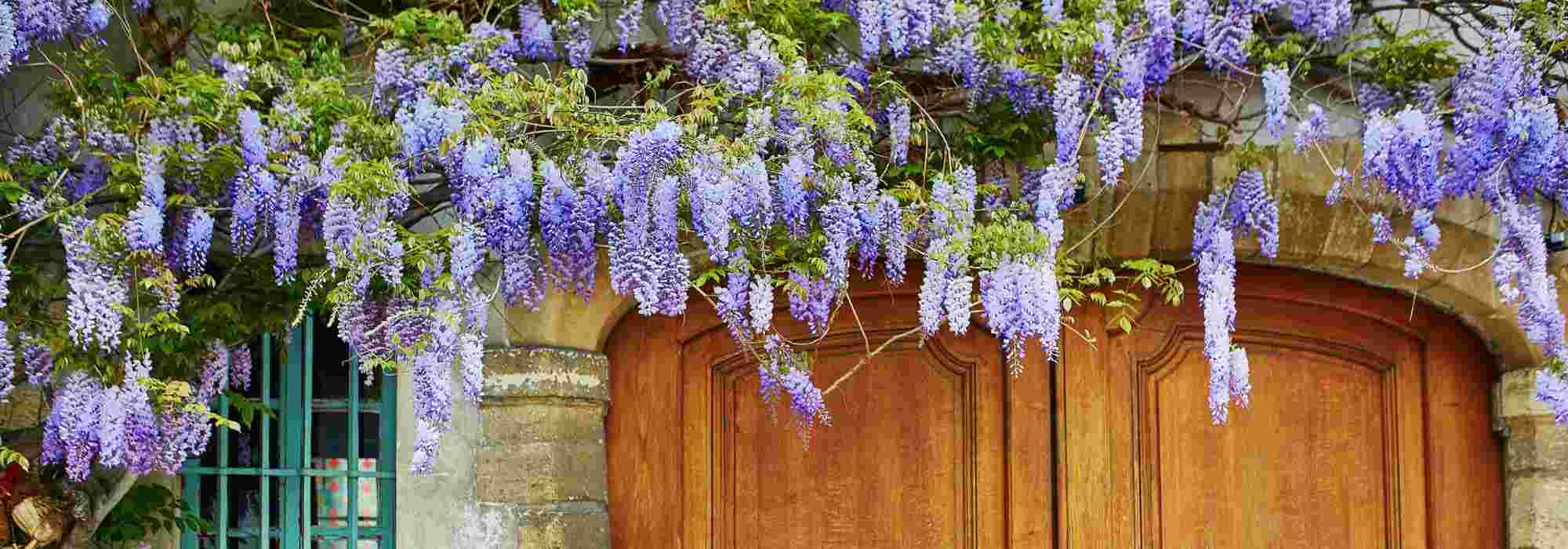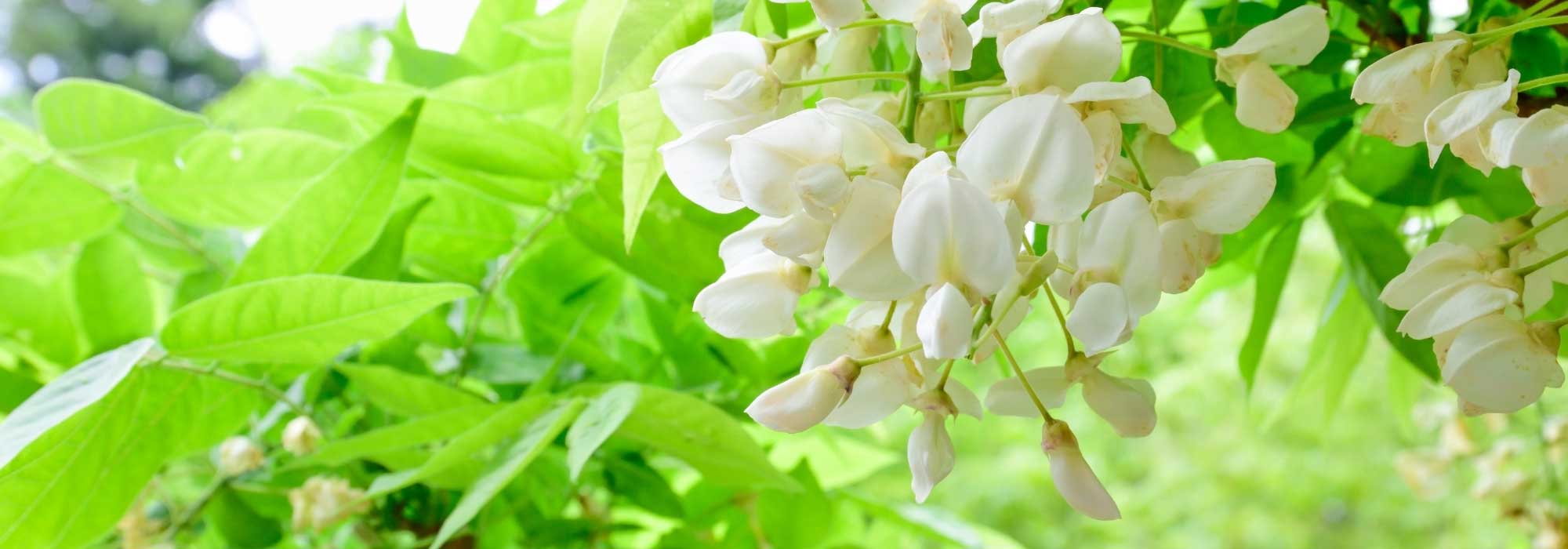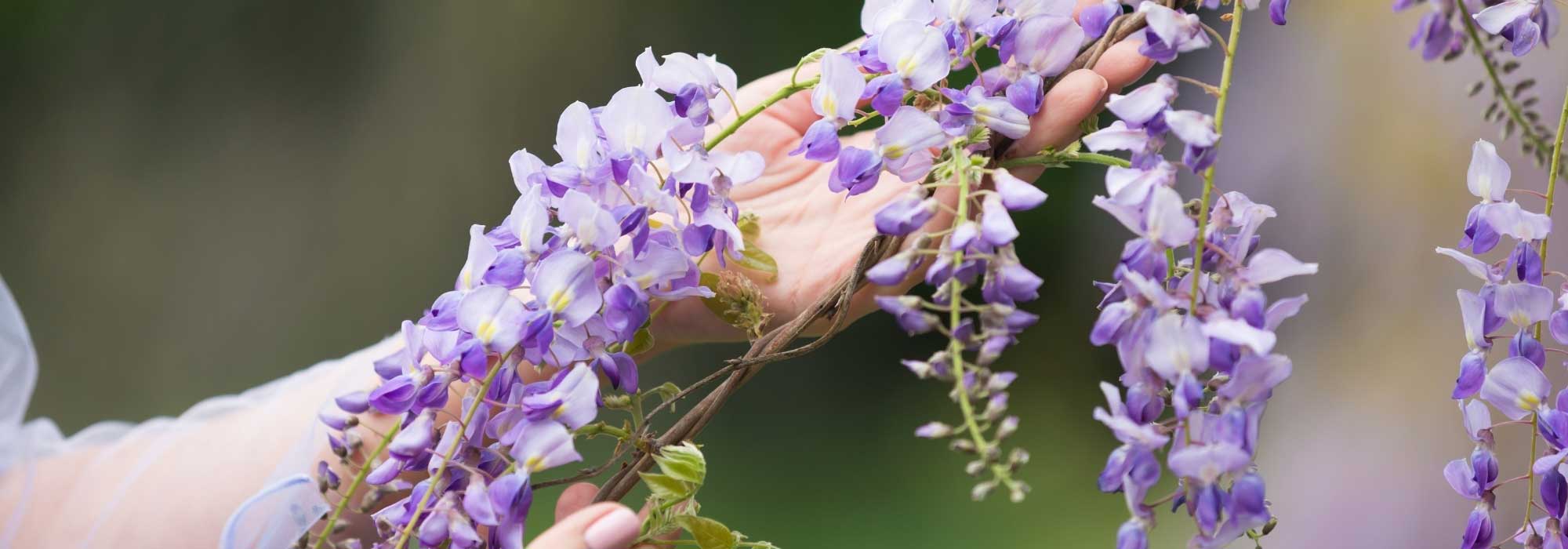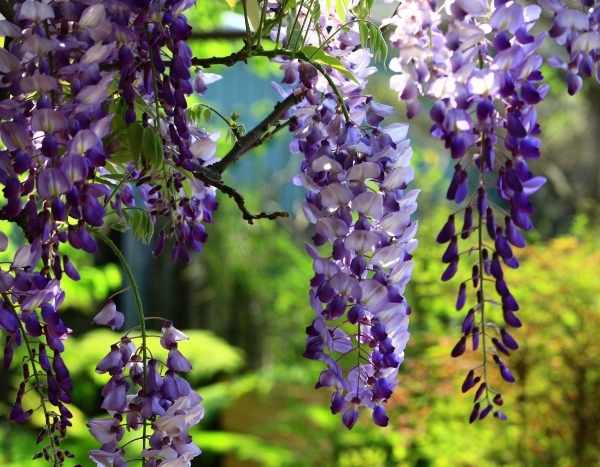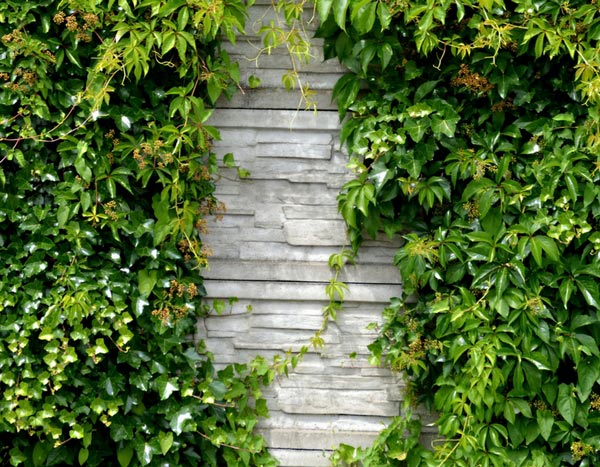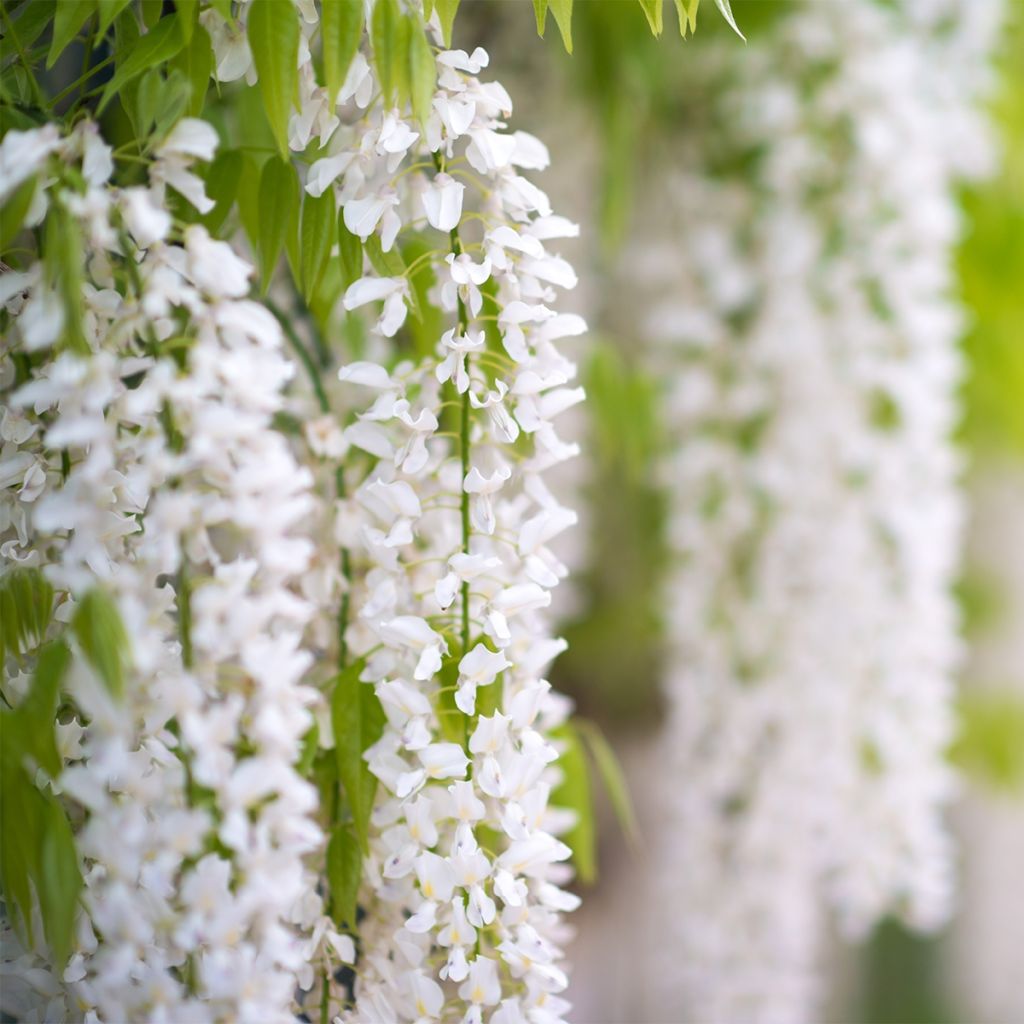

Wisteria frutescens var. macrostachya Clara Mack
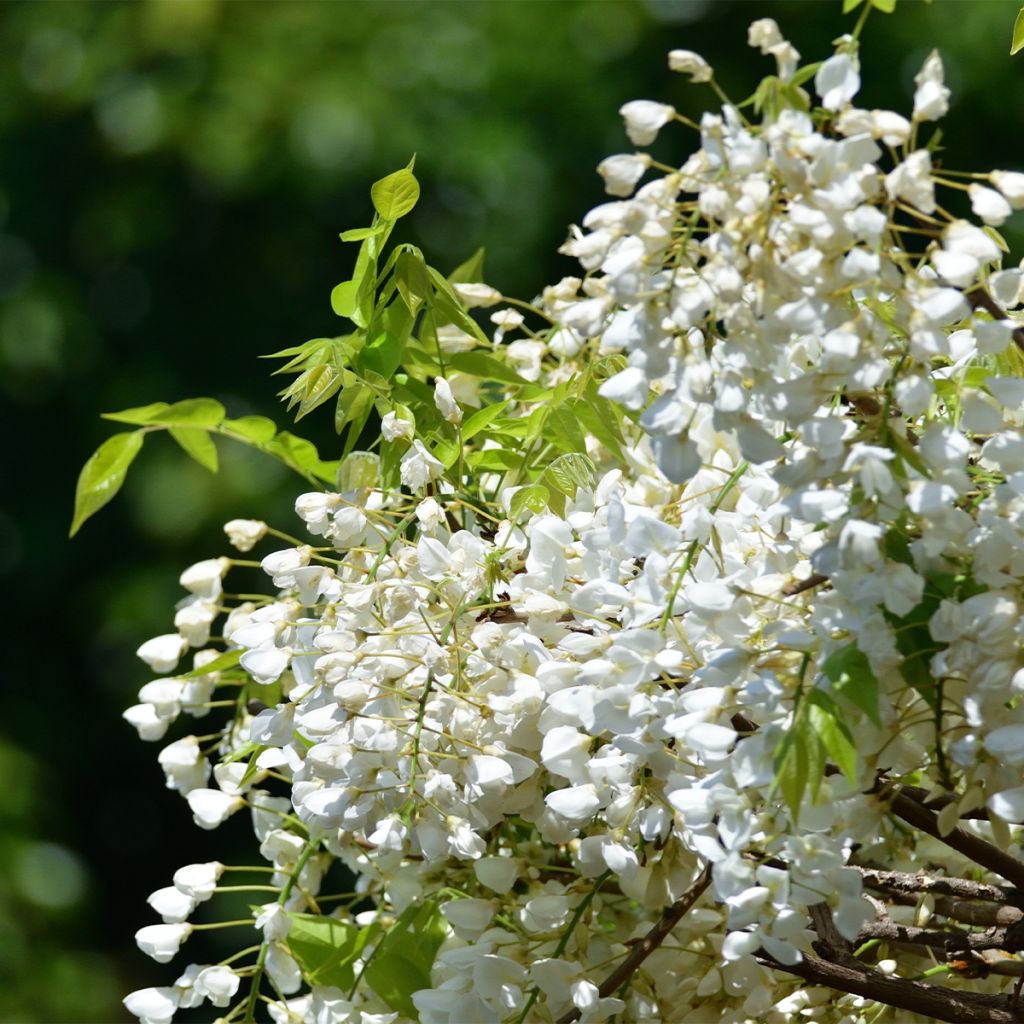

Wisteria frutescens var. macrostachya Clara Mack
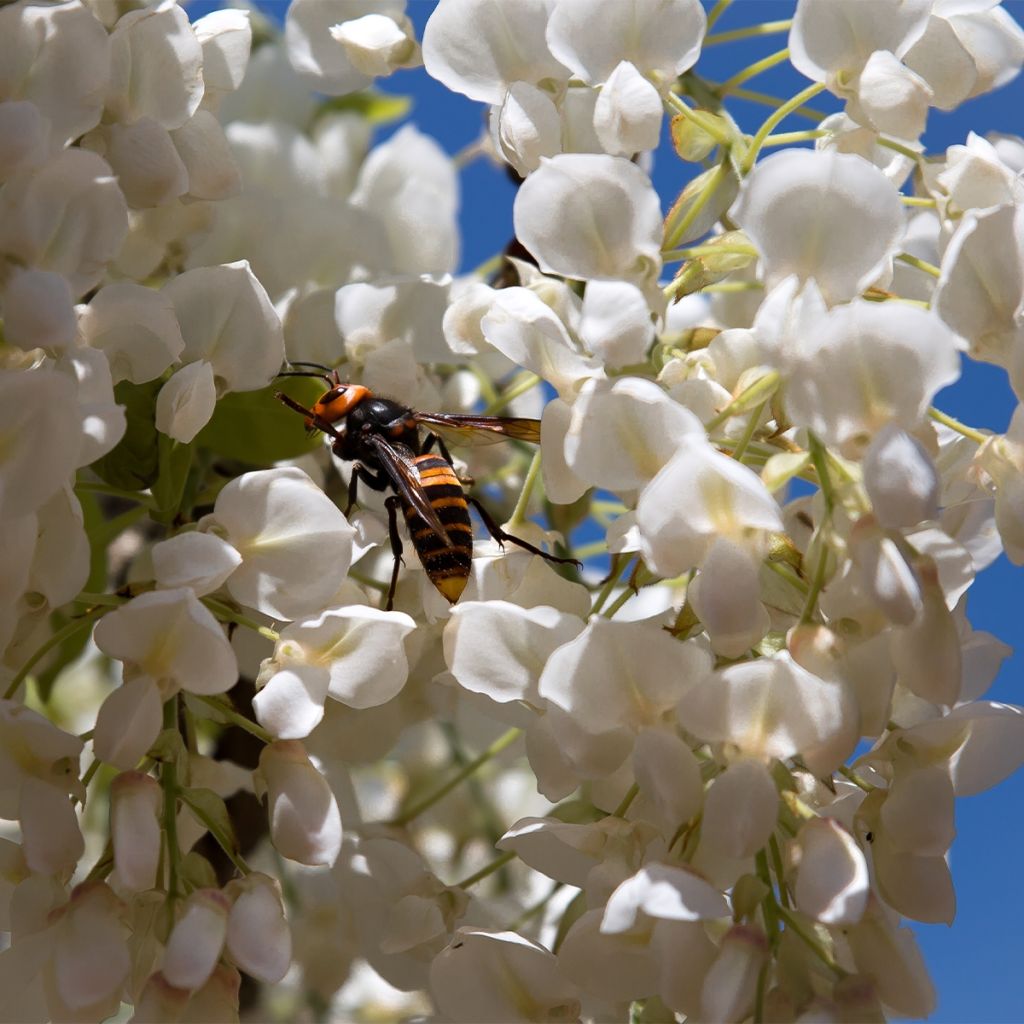

Wisteria frutescens var. macrostachya Clara Mack
Wisteria frutescens var. macrostachya Clara Mack
Wisteria frutescens var. macrostachya Clara Mack
American Wisteria
Special offer!
Receive a €20 voucher for any order over €90 (excluding delivery costs, credit notes, and plastic-free options)!
1- Add your favorite plants to your cart.
2- Once you have reached €90, confirm your order (you can even choose the delivery date!).
3- As soon as your order is shipped, you will receive an email containing your voucher code, valid for 3 months (90 days).
Your voucher is unique and can only be used once, for any order with a minimum value of €20, excluding delivery costs.
Can be combined with other current offers, non-divisible and non-refundable.
Home or relay delivery (depending on size and destination)
Schedule delivery date,
and select date in basket
This plant carries a 6 months recovery warranty
More information
We guarantee the quality of our plants for a full growing cycle, and will replace at our expense any plant that fails to recover under normal climatic and planting conditions.
Would this plant suit my garden?
Set up your Plantfit profile →
Description
Wisteria 'Clara Mack' is a beautiful variety of American wisteria with pure white flowers. It is renowned for its unparalleled cold resistance and appreciated for its moderate growth. Its dense clusters of flowers exude a sweet grape scent that is particularly pleasant. This climber first blooms in June, among foliage that is darker and shinier than that of Chinese and Japanese wisterias. They are produced again, more sporadically, throughout summer. Like most American wisterias, this species blooms from a young age.
American wisteria is a woody and deciduous climbing plant belonging to the large Fabaceae family, just like clover, alfalfa, and lupins. Its subspecies macrostachya, which is more northern, is native to moist forests and stream banks in a geographical area ranging from the south of Missouri and Illinois to the east of Kentucky. Its long voluble stems, slightly less vigorous than those of Chinese wisteria, are hairy when young and quickly lignify. It is undemanding in terms of soil (although it fears active limestone), and can grow in periodically waterlogged or, conversely, poor and fairly dry soils in summer, if they are deep. This species is considered more cold-resistant than Asian wisterias because it produces flower buds on the current year's wood rather than in summer, which protects the flowering from heavy frosts.
The stems of 'Clara Mack' can easily reach 5 to 6m (16 to 20ft) in length, and they naturally wrap around supports in a counterclockwise direction. The growth of new shoots is very rapid, reaching 1 to 2m (3 to 7ft) in a single season if planted in moist soil. The main flowering of this variety occurs in May-June, depending on the climate, on young plants. It is less abundant than that of Chinese and Japanese wisterias, and it develops among the leafy foliage. It produces long clusters measuring 25 to 30cm (10 to 12in), in which up to 50 small white papilionaceous flowers are tightly packed. They emit a pleasant fragrance in calm weather. They open from the base to the tip of the cluster. The plant easily re-blooms during summer. The young bronze leaves then turn a slightly shiny dark green colour, before turning yellow in autumn and falling. They are 10 to 30cm (4 to 12in) long and divided into 9 to 15 ovate leaflets, giving the foliage a light appearance. Its flowering is nectar-rich and attractive to bees. The brown fruit is a flattened pod, 5 to 10cm (2 to 4in) long, which persists until winter. It contains numerous small brown kidney-shaped seeds. It can live well over 50 years.
'Clara Mack' is the perfect choice for gardens in areas with long, cold winters. This grand romantic plant can enhance any facade or structure, no matter how modest. It is particularly useful for covering a wall or unsightly fence, wrapping around any sufficiently sturdy support. Plant it in a solitary position, in full sun or partial shade in warm climates. Alternatively, plant it with vigorous climbers such as Clematis montana, a trumpet creeper, or even an aristolochia. With patient and regular pruning, this climber can become a magnificent small tree that can be prominently placed in the garden.
However, be patient! Its first flowering only appears after 2 to 3 years, depending on growing conditions.
Wisteria frutescens var. macrostachya Clara Mack in pictures
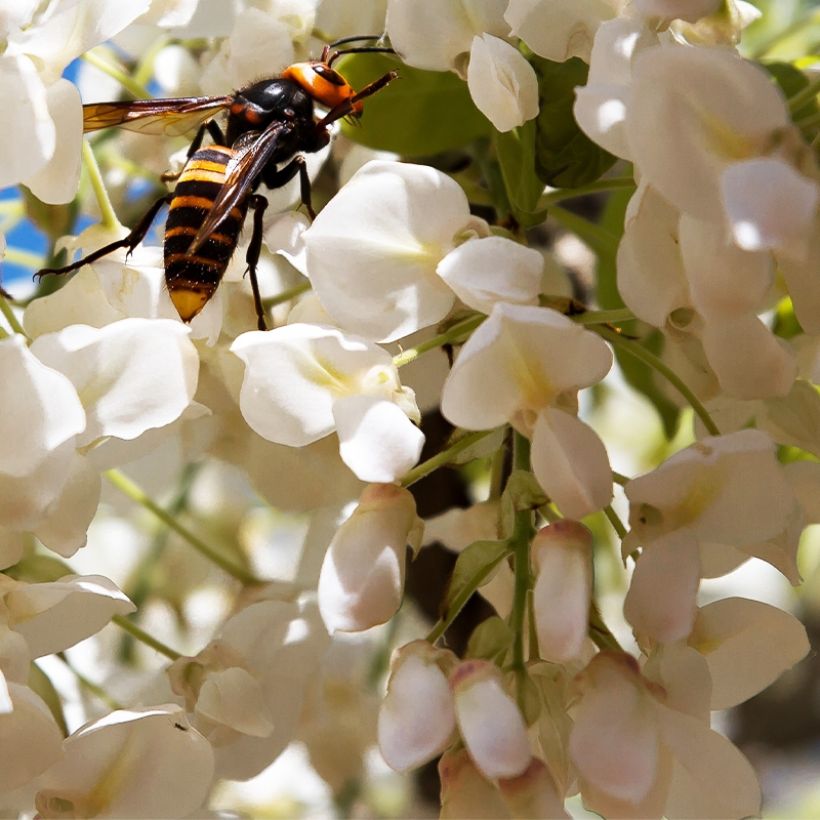

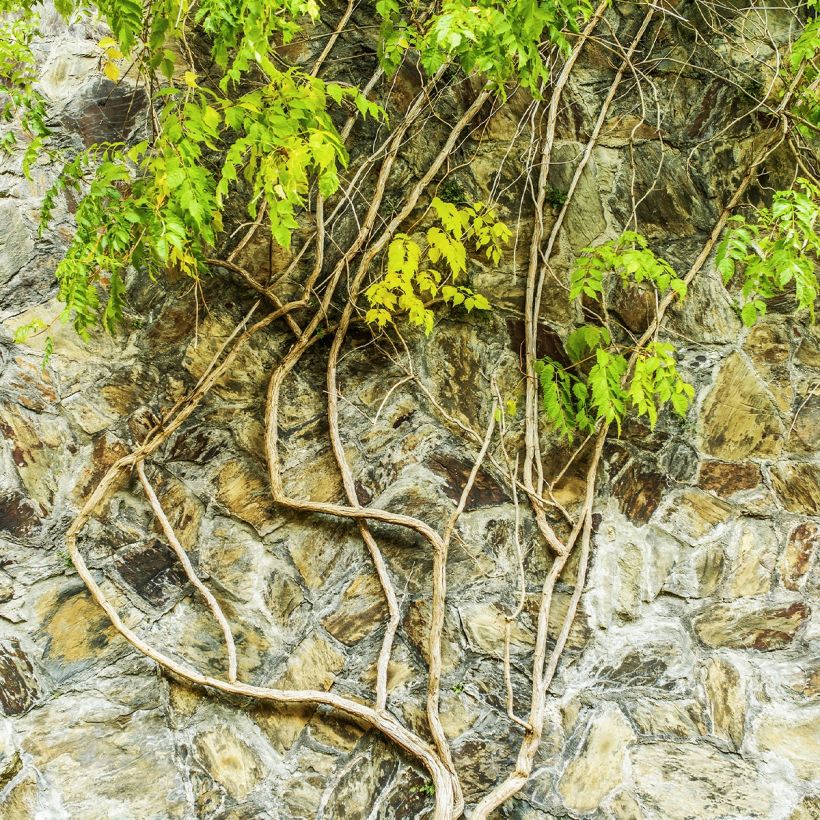

Plant habit
Flowering
Foliage
Botanical data
Wisteria
frutescens var. macrostachya
Clara Mack
Fabaceae
American Wisteria
Cultivar or hybrid
Other Wisterias
View all →Planting and care
American wisteria is an easy-to-grow plant if the soil is sufficiently deep and moist. It can grow in any garden soil, with a preference for poor and slightly acidic soils. It may wither in overly calcareous soil (pH>7.5). Once established, it can withstand summer drought fairly well and does not require watering in most of our regions, except perhaps in warmer climates. Conversely, it can tolerate soils that are occasionally waterlogged. Plant it along a wall or train it on a pergola. Pruning is recommended to achieve better flowering, and even multiple flowerings in the season.
Wisterias can be trained as trees by growing them on a "parasol" stake measuring 1.5 to 2m (5 to 7ft), or used as ground cover in a large wild garden.
Planting period
Intended location
Care
Planting & care advice
This item has not been reviewed yet - be the first to leave a review about it.
Haven't found what you were looking for?
Hardiness is the lowest winter temperature a plant can endure without suffering serious damage or even dying. However, hardiness is affected by location (a sheltered area, such as a patio), protection (winter cover) and soil type (hardiness is improved by well-drained soil).

Photo Sharing Terms & Conditions
In order to encourage gardeners to interact and share their experiences, Promesse de fleurs offers various media enabling content to be uploaded onto its Site - in particular via the ‘Photo sharing’ module.
The User agrees to refrain from:
- Posting any content that is illegal, prejudicial, insulting, racist, inciteful to hatred, revisionist, contrary to public decency, that infringes on privacy or on the privacy rights of third parties, in particular the publicity rights of persons and goods, intellectual property rights, or the right to privacy.
- Submitting content on behalf of a third party;
- Impersonate the identity of a third party and/or publish any personal information about a third party;
In general, the User undertakes to refrain from any unethical behaviour.
All Content (in particular text, comments, files, images, photos, videos, creative works, etc.), which may be subject to property or intellectual property rights, image or other private rights, shall remain the property of the User, subject to the limited rights granted by the terms of the licence granted by Promesse de fleurs as stated below. Users are at liberty to publish or not to publish such Content on the Site, notably via the ‘Photo Sharing’ facility, and accept that this Content shall be made public and freely accessible, notably on the Internet.
Users further acknowledge, undertake to have ,and guarantee that they hold all necessary rights and permissions to publish such material on the Site, in particular with regard to the legislation in force pertaining to any privacy, property, intellectual property, image, or contractual rights, or rights of any other nature. By publishing such Content on the Site, Users acknowledge accepting full liability as publishers of the Content within the meaning of the law, and grant Promesse de fleurs, free of charge, an inclusive, worldwide licence for the said Content for the entire duration of its publication, including all reproduction, representation, up/downloading, displaying, performing, transmission, and storage rights.
Users also grant permission for their name to be linked to the Content and accept that this link may not always be made available.
By engaging in posting material, Users consent to their Content becoming automatically accessible on the Internet, in particular on other sites and/or blogs and/or web pages of the Promesse de fleurs site, including in particular social pages and the Promesse de fleurs catalogue.
Users may secure the removal of entrusted content free of charge by issuing a simple request via our contact form.
The flowering period indicated on our website applies to countries and regions located in USDA zone 8 (France, the United Kingdom, Ireland, the Netherlands, etc.)
It will vary according to where you live:
- In zones 9 to 10 (Italy, Spain, Greece, etc.), flowering will occur about 2 to 4 weeks earlier.
- In zones 6 to 7 (Germany, Poland, Slovenia, and lower mountainous regions), flowering will be delayed by 2 to 3 weeks.
- In zone 5 (Central Europe, Scandinavia), blooming will be delayed by 3 to 5 weeks.
In temperate climates, pruning of spring-flowering shrubs (forsythia, spireas, etc.) should be done just after flowering.
Pruning of summer-flowering shrubs (Indian Lilac, Perovskia, etc.) can be done in winter or spring.
In cold regions as well as with frost-sensitive plants, avoid pruning too early when severe frosts may still occur.
The planting period indicated on our website applies to countries and regions located in USDA zone 8 (France, United Kingdom, Ireland, Netherlands).
It will vary according to where you live:
- In Mediterranean zones (Marseille, Madrid, Milan, etc.), autumn and winter are the best planting periods.
- In continental zones (Strasbourg, Munich, Vienna, etc.), delay planting by 2 to 3 weeks in spring and bring it forward by 2 to 4 weeks in autumn.
- In mountainous regions (the Alps, Pyrenees, Carpathians, etc.), it is best to plant in late spring (May-June) or late summer (August-September).
The harvesting period indicated on our website applies to countries and regions in USDA zone 8 (France, England, Ireland, the Netherlands).
In colder areas (Scandinavia, Poland, Austria...) fruit and vegetable harvests are likely to be delayed by 3-4 weeks.
In warmer areas (Italy, Spain, Greece, etc.), harvesting will probably take place earlier, depending on weather conditions.
The sowing periods indicated on our website apply to countries and regions within USDA Zone 8 (France, UK, Ireland, Netherlands).
In colder areas (Scandinavia, Poland, Austria...), delay any outdoor sowing by 3-4 weeks, or sow under glass.
In warmer climes (Italy, Spain, Greece, etc.), bring outdoor sowing forward by a few weeks.






























